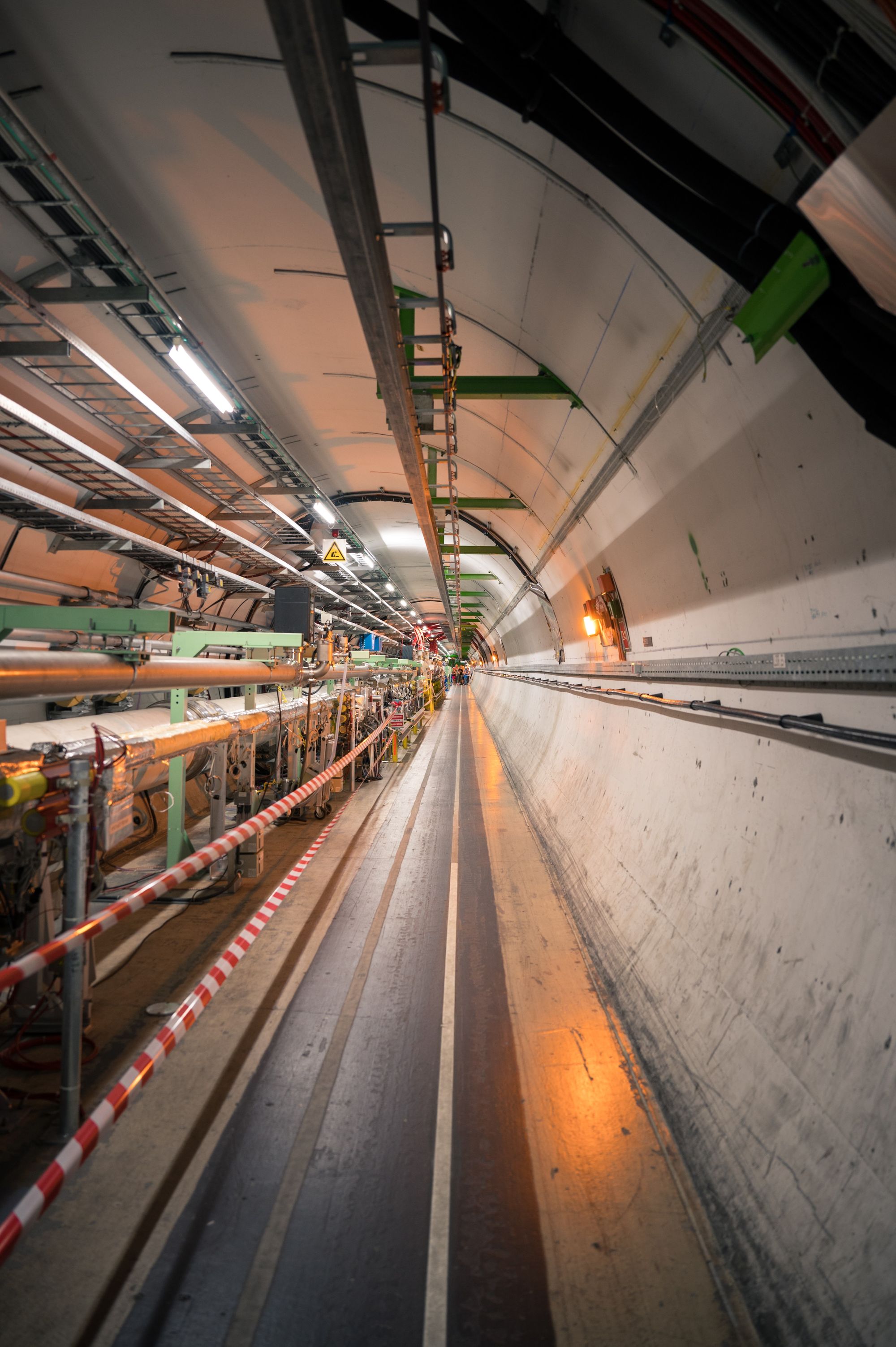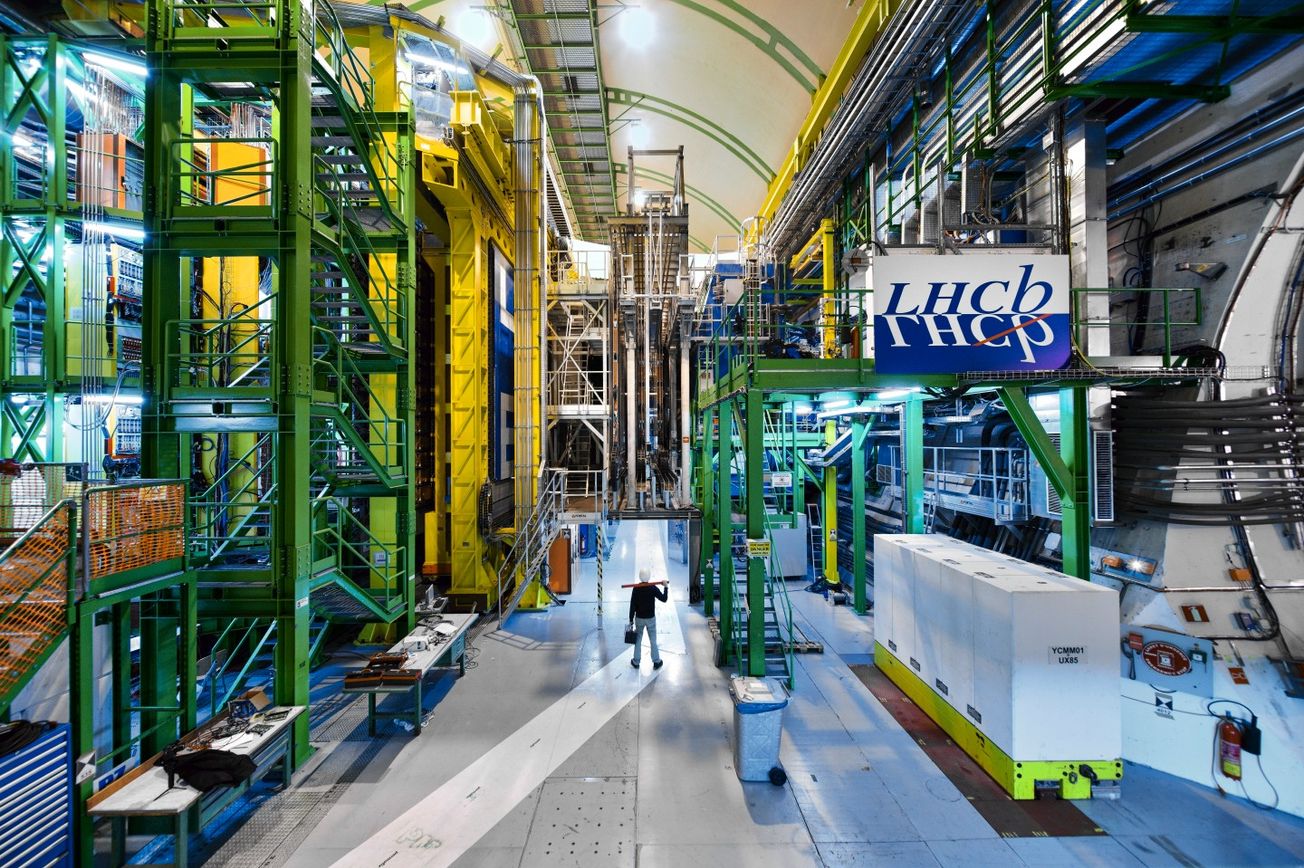By Edward Deacon, SciTech Digital Editor
A team of scientists working at the Large Hadron Collider (LHC) have found a potential flaw in a fundamental theory in physics – the Standard Model (SM).
The Standard Model is the long-established current theory for describing three of the four forces of nature and particles in the Universe.
The findings from LHCb at CERN have shown unexpected behaviour by sub-atomic particles known as ‘beauty’ quarks that could upset the SM theory.

The implication from the data is that undiscovered particles or interactions not accounted for by the SM could exist.
Physicists from the Universities of Bristol, Cambridge and Imperial College London led the analysis that lead to this finding.
Dr Konstantinos Petridis from the University’s School of Physics was one of the leading physicists behind the measurement. He explained: ‘This has been a seven-year saga. Over this period, we have been seeing clues of a new unexplained process at work, but the effects were too subtle to draw any conclusions.
PhD students from the School of Physics’ particle physics group are leading the studies required to confirm the new findings.
‘The latest result from LHCb however offers for the first-time evidence that there could be something wrong with our current understanding of particle physics.
‘We are very excited about this result but remain cautious as well.’ Researchers have stressed that more analysis and data is needed to confirm the results robustly.
PhD students from the School of Physics’ particle physics group are leading the studies required to confirm the new findings.
‘Have we finally seen the first glimpse of this “new physics”? It is too early to tell, but these results are promising.’
The 27km-long LHC particle collider collides beams of protons accelerated speeds close to the speed of light in its circular tunnel to create different particles and understand the physics of particles at high energies and on small scales.
Quarks are the constituents of particles like protons and neutrons which makeup atomic nuclei and come in several types.
The results of the experiment were produced by the LHCb experiment - one of four huge particle detectors at CERN’s LHC.
Bristol researchers pioneer novel gene therapies
A new path to reducing deaths from HIV/AIDS in South Africa
Professor Jonas Rademacker, team leader of Bristol’s LHCb group, added: ‘The search for physics beyond the Standard Model is what motivates most of us in the particle physics community.
‘Have we finally seen the first glimpse of this “new physics”? It is too early to tell, but these results are promising.
‘This could eventually lead to the resolution of fundamental questions regarding how the universe came into being, what the mysterious dark matter is, and many more.
‘If confirmed, this would be truly revolutionary.’
Featured Image: CERN
Are you excited by these new findings that could suggest changes to our laws of nature?
Read the study published by CERN here







